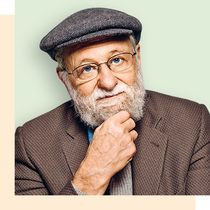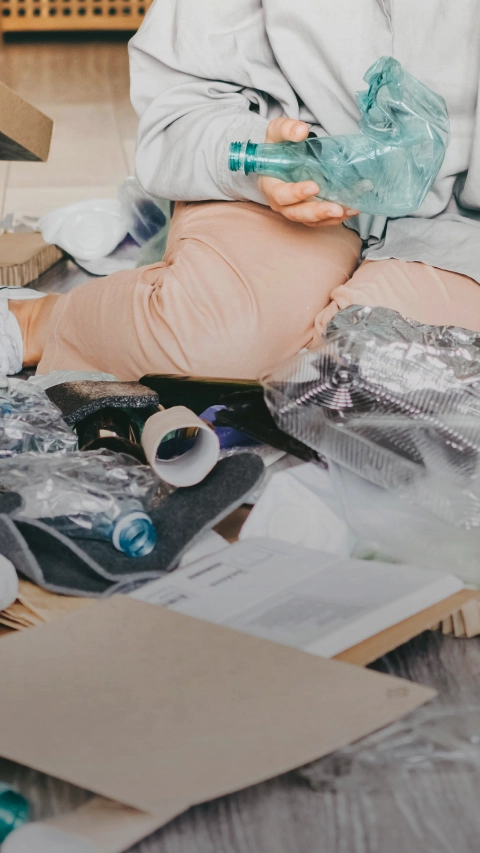Magazine
Waste is a design flaw

Professor Don Norman
is director of The Design Lab, University of California, USA, with academic degrees and industry experience in engineering, psychology and design. He is a member of the National Academy of Engineers and author of The Design of Everyday Things and Emotional Design. He is one of the founders of the field of human-centered design.

Creating Chemistry: Why do we produce so much waste, and why do we not manage it better?
PROFESSOR DON NORMAN: Many designers focus on the technical problems of recycling and seldom think about the people and wider systems involved. But recycling problems are just symptoms of manufacturing in the wrong way in the first place, like things that can’t be reused or are difficult to fix. We also deliberately design stuff not to last for more than a couple of years, like smartphones. Often recyclable materials are stuck together in ways that make it impossible to separate them later.
What would be a better approach?
We should approach the problem from a human perspective. Human-centered design means solving the core problem not the symptoms, thinking about all the people involved, understanding the whole system and how people interact with it, and constantly prototyping potential solutions. Current waste management systems in the USA are an excellent example of the lack of human-centered design: it is almost impossible for consumers to understand how they should recycle everyday goods and packaging.
What design approaches are most useful for keeping products and materials out of the waste stream?
The three most important approaches are reparability, extendability and reuse. Take cars, for example. Why can’t I upgrade my old car and integrate new safety features? Why can’t it later be sent back to the factory for the reuse of its parts? Because the business model of the car industry is to make profits by selling new cars. It’s a system problem.
With whom must designers collaborate in order to achieve sustainable design outcomes?
With everyone! Plastic comes in such a wide variety of materials that knowing what can and cannot be recycled – where each recycling location follows different rules – is a mess. Notice that the soda and beer industries adopted aluminum cans, which are easy to recycle, and designers learned over the years that you could make them thinner and thinner, as the liquid inside creates outward pressure and keeps the aluminum under tension. In this case, designers, manufacturers, transporters and retailers all worked together to develop improvements.
How can design add value to the things we live with so that we treasure them for longer?
Design is not only about aesthetics, it’s also about emotions. There are three levels of emotional response to something: visceral, which is our immediate response to a shape or surface effect; behavioral, our expectation of how the thing will act in response to us; and reflective, which includes our conscious thoughts about past, present or future projections. But you can’t design things to be loved; that requires memories and stories to build up through use and time.

